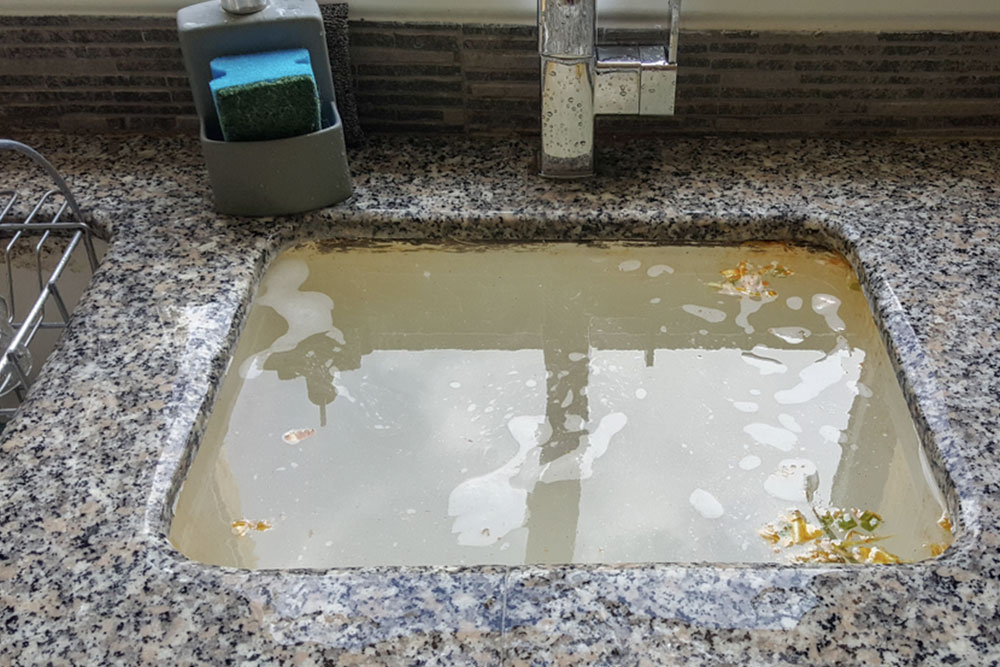
8 easy tips to free a clogged drain
A trip to the toilet could go south real quick if the drain is clogged. Pulling the flush even once could lead to overflowing, making things worse. If you find yourself in such a situation, you may need to learn to unclog the toilet drain. A common solution is to use a plunger, but if that doesn’t work, these tips could help you deal with a clogged drain or toilet.
Use dish soap
Dish soap acts as a lubricant that could help unclog the drain. Pour about a quarter cup of the liquid into the toilet bowl and let it sit for five to ten minutes. This allows the soap to move down the drain and reach the clogged region. Now add hot water to the bowl and let the soapy mixture sit. This should help move any residue that’s blocking the drain.
Try household bleach
Like soap, household bleach may help break down waste. To try this remedy, pour two to three cups of bleach down the drain and wait for a couple of minutes. Now pour a cup of powdered soap and let it stay there for ten to 15 minutes. After this, flush the toilet and check if the drain is unclogged.
Mix baking soda and vinegar
Pour one cup of baking soda and one cup of vinegar down the toilet drain. When the two ingredients combine, a natural chemical reaction produces bubbles, which may help loosen the clog. After about 30 minutes, mix in some hot water and check if the toilet can drain properly. Repeat the process if the clog has still not opened up. But remember, you should only use baking soda if the water in the toilet bowl hasn’t yet reached the brim. If it has, you might want to empty out some of the water or wait until the level recedes.
Unwind a wire hanger
Metallic wire hangers are flexible and tough, serving as a suitable DIY hack for unclogging drains. All you need to do is unwind the hanger (except the hook) so that it’s straight. Follow this by wrapping a small rag on the hook to prevent it from scratching the porcelain. Then wear rubber gloves and gently angle the hanger into the drain until you find the clog. Once found, move the wire around a bit until the toilet drains. After the process is complete, flush the toilet a couple of times to check if the water drains properly.
Pour in hot water
The simplest way to unclog a toilet is by pouring hot water into the bowl. Turn the tap in your bathroom sink or tub to the hottest temperature setting. You could also heat water on the stove for a bit but don’t let it reach the boiling point. Pour this water into the drain and let it sit for a few minutes to see if the clog loosens. If the water starts to drain (which it does in most cases), the DIY hack has worked!
Buy a DIY drain snake
You could always pick up a simple DIY drain snake if it’s your first attempt at unclogging the drain. The kit costs about $45 and should be available at a local store or online. Thread the device in the toilet and wind it around until the blockage is released.
Hire a professional
If you try all of the above and are still unsuccessful, you might need to hire someone to unclog the drain. You could find a plumber in your area by looking up online or asking family and friends for their recommendations. Most plumbers charge a flat rate to carry out a professional drain snake process, which may average between $75 and $500 based on how extensive the job is. The cost of unclogging should be no more than $150 for a simple blockage. More sophisticated blockages that require dismantling the toilet’s plumbing could cost $150 to $500.
Take preventive measures
A clogged drain usually occurs when things in the bathroom, like thick tissue paper, cloth, and toothbrushes, are accidentally flushed down or dropped into the toilet. So it’s necessary to be mindful of the items kept near the bowl. Use less toilet paper and be careful about what else is flushed down the drain. Keeping the lid closed may also help prevent something from falling into the toilet without your knowledge. Furthermore, watch for large trees planted in the yard adjacent to the washroom, as their roots could grow into the pipes and clog them.




